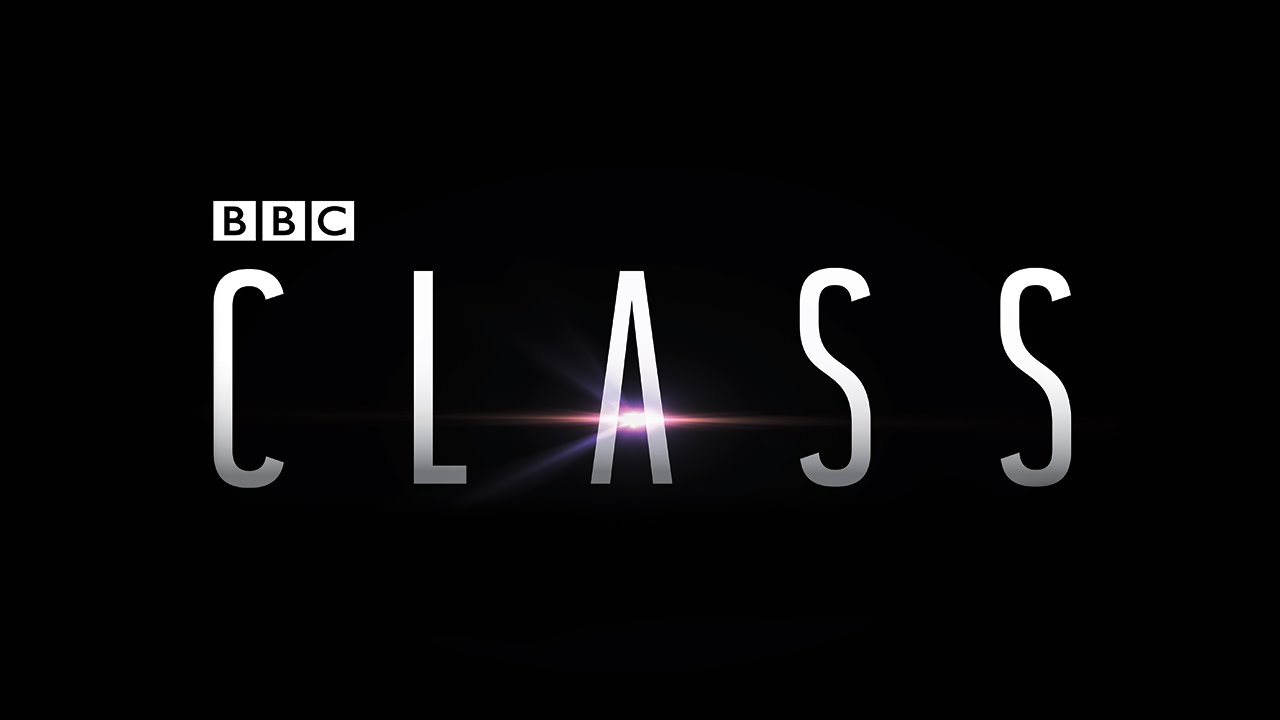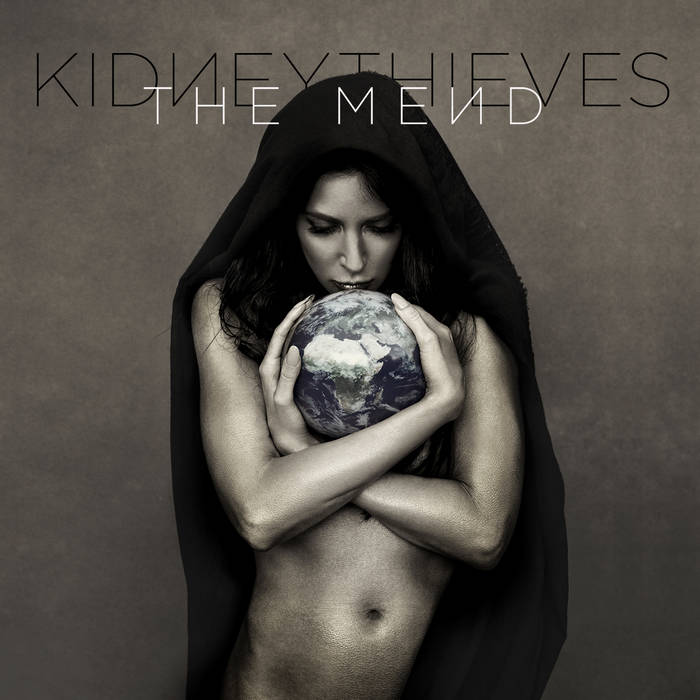The details
The “Doctor Who” spinoff “Class” played on BBC 3 and select markets this past Saturday and will play on BBC America sometime in America in 2017. The primary setting is Coal Hill Academy, a fictional school that’s been featured throughout the Doctor Who series, most recently as where Clara Oswald and Danny Pink worked as teachers. Being a focal point of the Doctor and his foes over the years, the grounds are rife with the various creatures of time and space interested in invading our planet.
The good
Love the theme song! Alex Clare’s “Up All Night” has had a special place in my heart for years, so finding it as the show’s theme song was awesome. The show has that DW feel, mostly from the cinematography, special effects budget, and wit, but there’s a new level of complexity to the emotions. Many times in a Who episode, there’s the “clear” good guy, the “clear” bad guy, and sometimes a twist where it turns out the bad guy was just an inter-dimensional wombat with a chromium thorn in its paw. Once the thorn’s removed, the issue is resolved, and the Doctor moves onto his next adventure.
The bad
Just like most premieres, the show is still working on finding its footing, sometimes trying too hard to shoehorn in some comedy to add levity to the violence and drama. But it’s to be expected with a spinoff trying to find its own voice.
The…different?
Not good or bad, just different, but Class is gory. Not quite “The Walking Dead” level of blood and guts, but the first two episodes feature a severed leg, multiple people being skinned like KFC chicken breasts, and a particular character sprayed with blood time and time again. One more time and I think we’ll have reached a comical point. I didn’t find it overly offensive, but it’s certainly more graphic than the regular DW series, especially for a series that I believed was sold to a younger demographic.
Judgement call
A presumption existed prior to the premiere that this show was gearing for a younger audience, probably based on the age and setting of the actors. But what we got was more of a “Buffy the Vampire Slayer” for a generation that’s used to seeing a man bludgeon a victim with a barbwire-wrapped baseball bat. I’ll take it. The tone and cohesion start from a much better place than any previous Who spin-off, and I’m hopeful it will only continue to tighten as the show progresses.





Leave a Comment